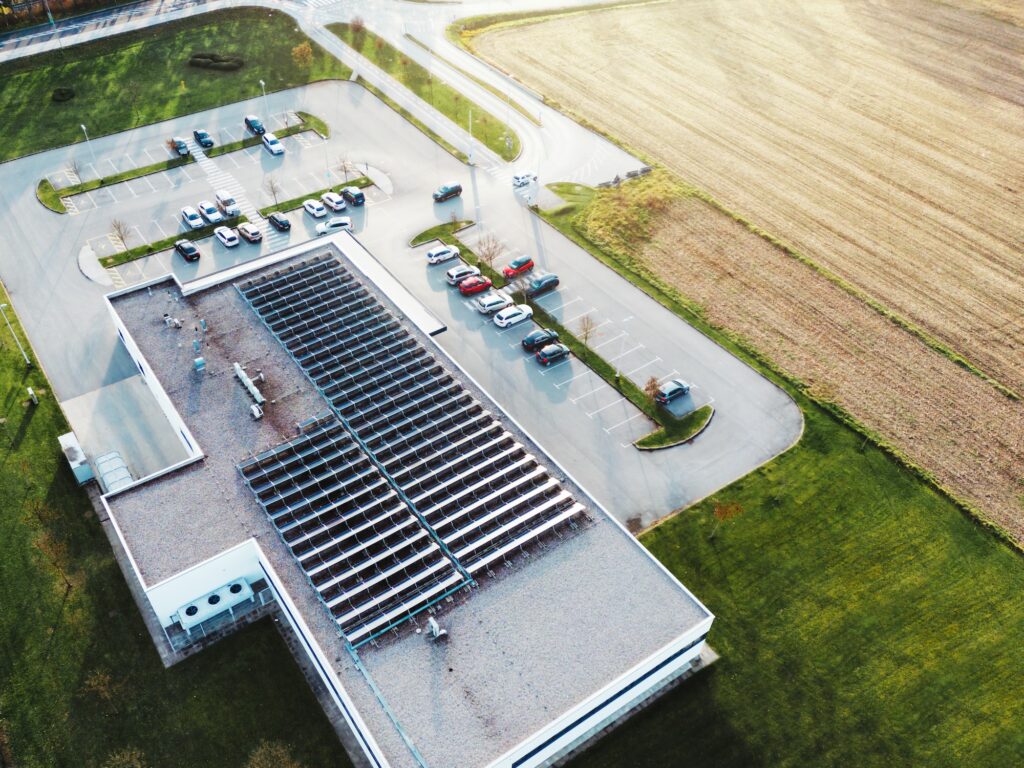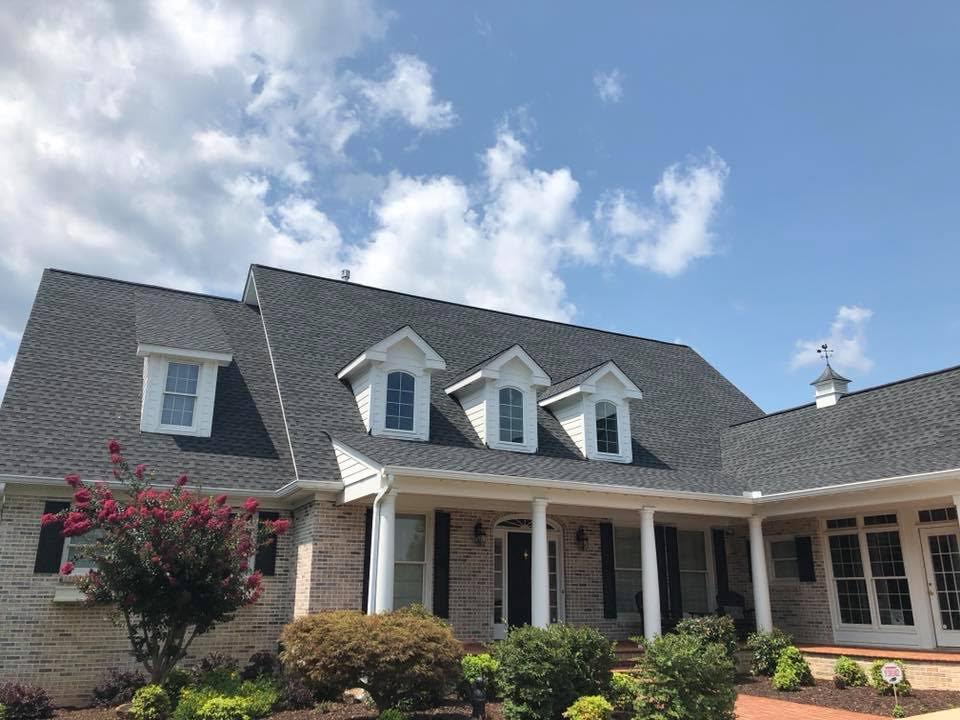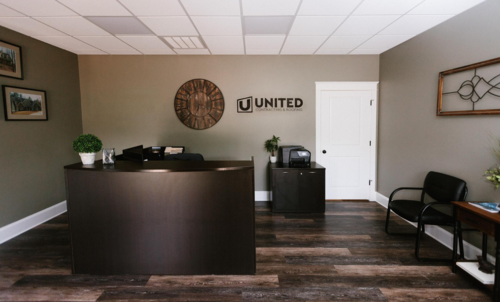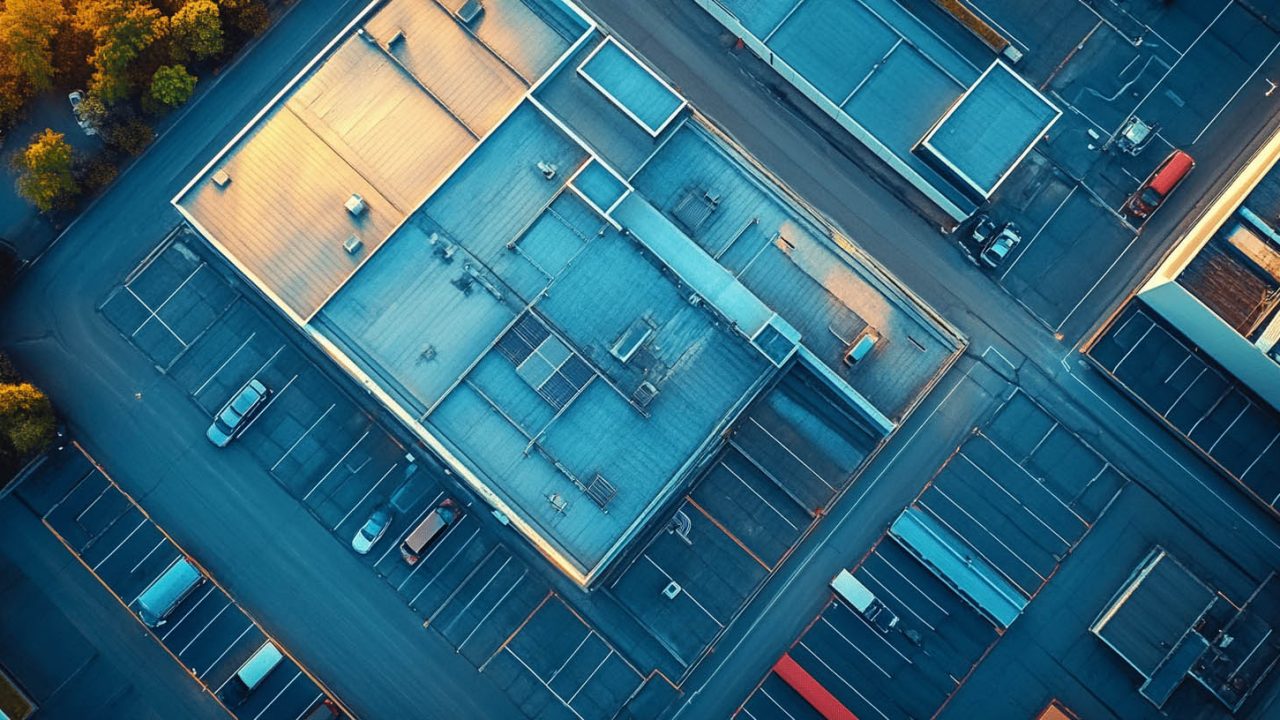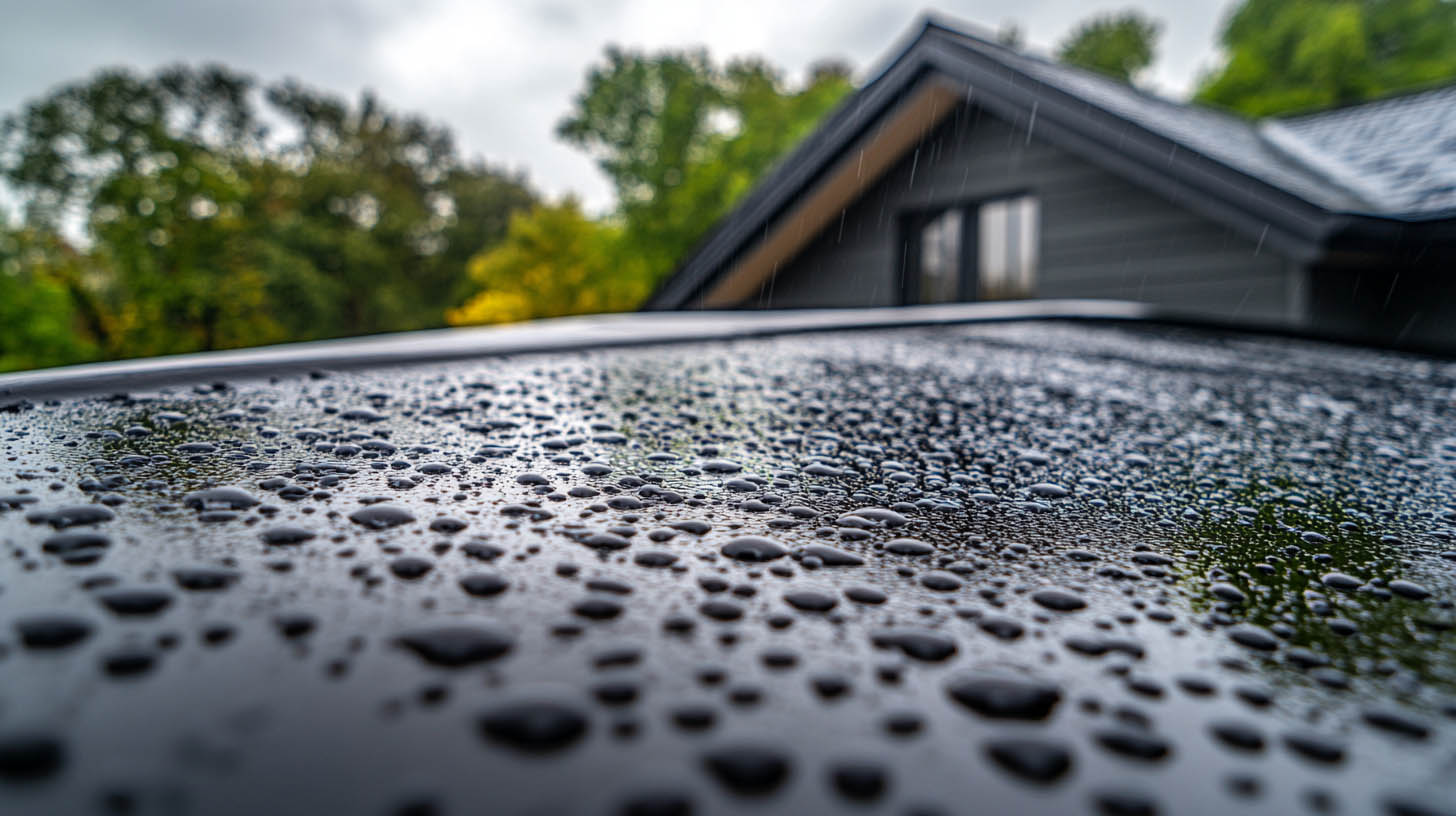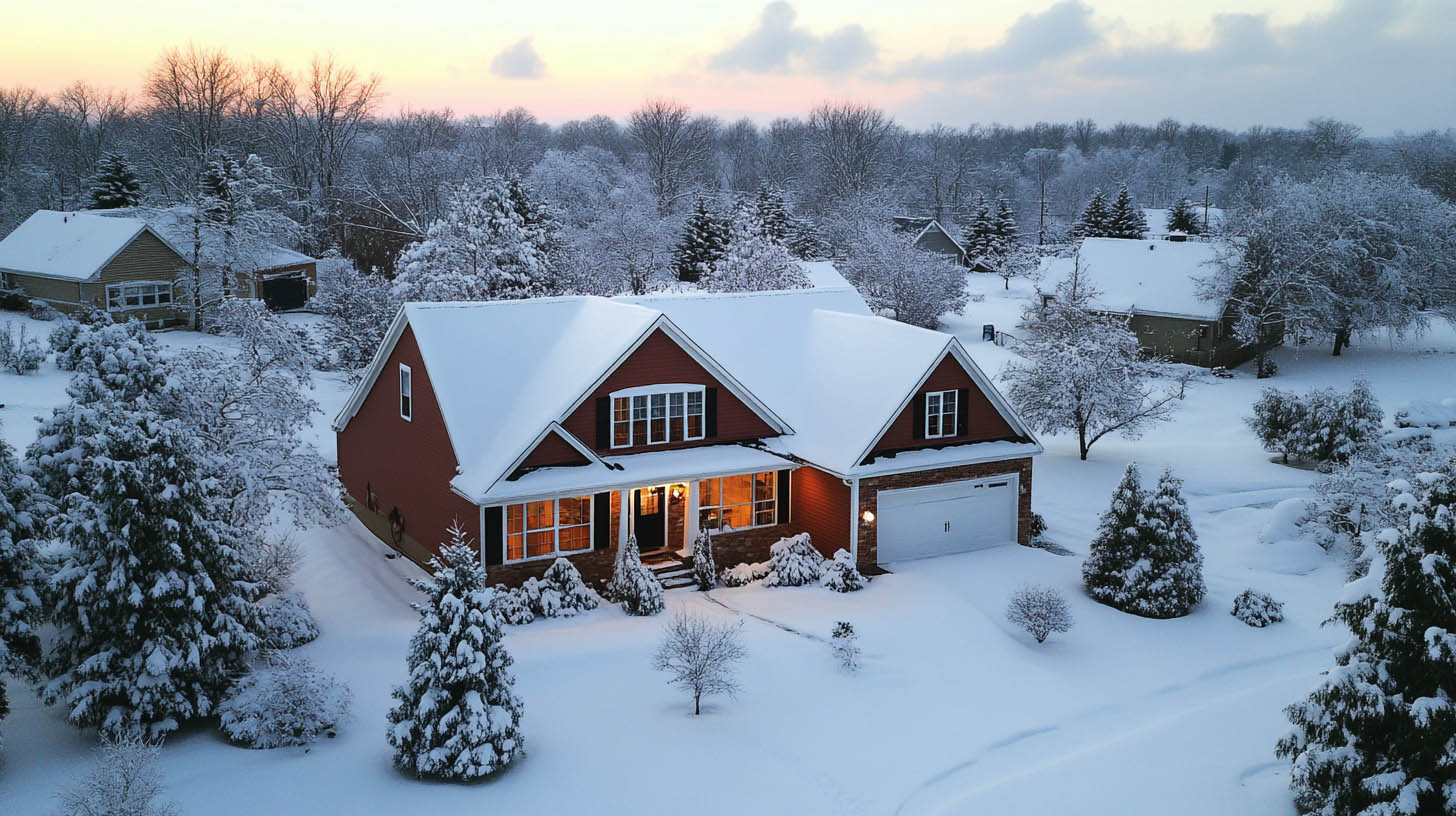Creating a budget for your commercial roof is essential to ensure the safety and longevity of your building. At United Contracting & Roofing LLC in Greenville, SC, we provide expert guidance to help you develop an effective budget for your roofing needs. Here’s a comprehensive guide to building a commercial roof budget, considering various factors that influence costs.
Understanding the Costs of Commercial Roofing
Several factors influence the cost of commercial roofing:
- Roof Size: Larger roofs require more materials and labor, increasing overall costs.
- Roofing Material: Different materials vary in cost. For instance, TPO, EPDM, PVC, and metal roofing systems have different price points.
- Roof Condition: The current state of the roof affects the extent of repairs or replacements needed.
- Roof Accessibility: Difficult-to-reach roofs may require specialized equipment and additional labor.
- Local Labor Costs: Labor rates vary by location and impact the total project cost.
Understanding these factors helps in creating a realistic budget.
Steps to Create a Commercial Roof Budget
1. Evaluate Roof Condition
Start by assessing the current condition of your roof. Look for damage, leaks, or other issues. You can do this yourself or hire a professional commercial roofing contractor for a thorough inspection.
2. Define the Work Scope
After identifying issues, work with a roofing company to determine the necessary repairs, replacements, or maintenance based on your specific needs.
3. Explore Material Choices
Research various roofing materials, considering durability, cost, and energy efficiency. Popular options for commercial roofs include:
- TPO (Thermoplastic Olefin)
- EPDM (Ethylene Propylene Diene Monomer)
- PVC (Polyvinyl Chloride)
- Metal Roofing Systems
4. Gather Contractor Quotes
Obtain multiple quotes from commercial roofing contractors to compare costs and ensure you receive a fair price for the required work.
5. Evaluate Upfront and Long-Term Expenses
Consider both the immediate and long-term costs associated with your chosen roofing solution. It is important to factor in energy efficiency, maintenance needs, and material lifespan to gain a comprehensive understanding of the overall return on investment. By evaluating these aspects, you can make an informed decision that balances initial expenses with long-term savings and benefits.
Energy-efficient roofing materials can reduce utility costs, while low-maintenance options can minimize future upkeep expenses. Additionally, choosing durable materials with a longer lifespan can enhance the overall value and performance of your roofing system, ensuring that it remains a cost-effective solution for years to come.
6. Monitor Roof Condition
After completing the work, it is essential to regularly inspect your roof and promptly address any emerging issues. Consistent preventive maintenance and routine inspections play a crucial role in extending your roof’s lifespan and reducing future expenses. By staying vigilant and proactive in identifying and resolving potential problems, you can ensure that your roofing system remains in optimal condition.
This approach not only helps in maintaining the structural integrity of your roof but also minimizes the likelihood of costly repairs or replacements down the line, ultimately saving you time and money.
Partner with United Contracting & Roofing LLC
Building a budget for your commercial roof can be overwhelming, but partnering with United Contracting & Roofing LLC ensures you receive exceptional, cost-effective roofing solutions. We provide expert advice and high-quality service to meet your roofing needs.
Conclusion
Creating a budget for your commercial roof involves evaluating the current condition, defining the work scope, exploring material choices, gathering quotes, and considering both upfront and long-term expenses. Regular maintenance and inspections are crucial to extend your roof’s lifespan and reduce future costs. For professional roofing services and guidance, contact United Contracting & Roofing LLC.For more detailed insights into Guide to Rubber Roof Repair, click here.

